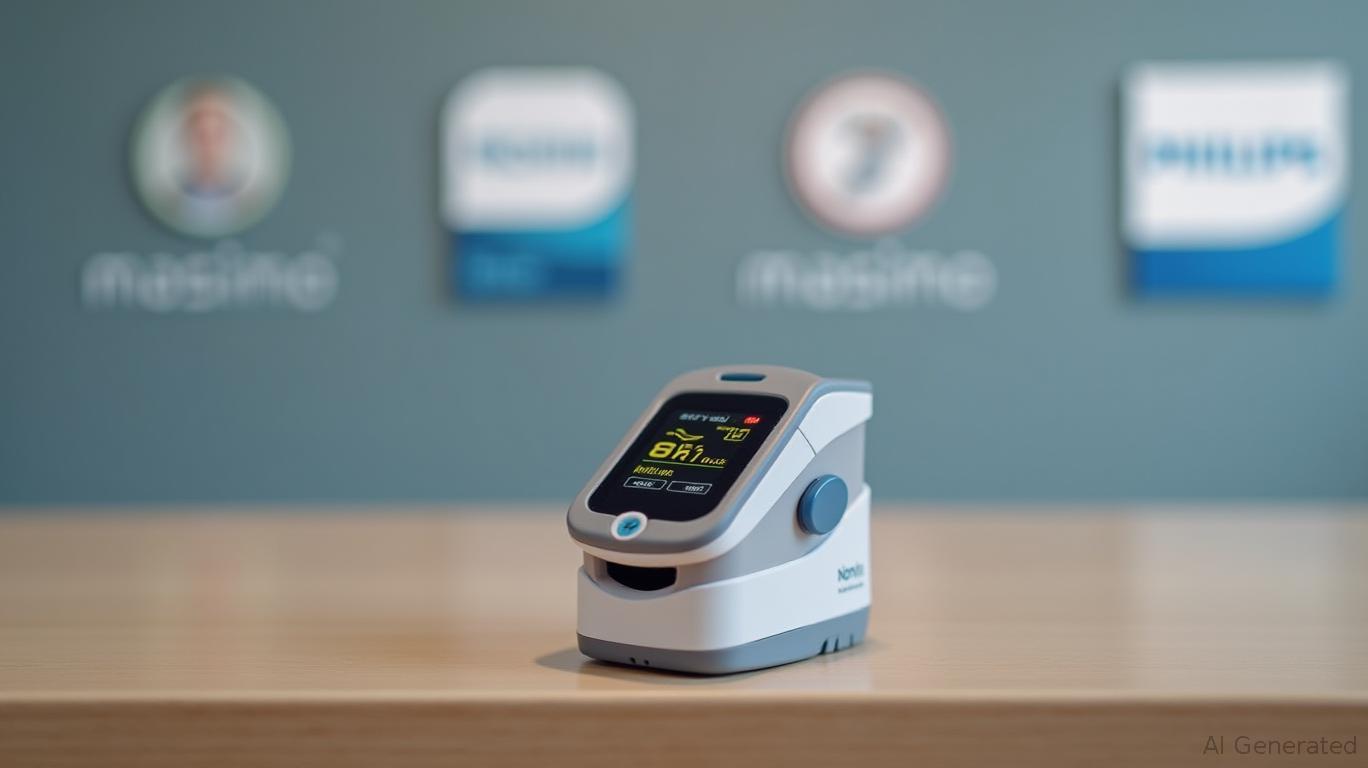Pulse Biosciences: Riding the Wave of Bioelectric Innovation Amid Financial Challenges
Pulse Biosciences (NASDAQ: PLSE) finds itself at a pivotal juncture. The company’s Q1 2025 earnings call revealed a mix of clinical progress and financial hurdles, painting a picture of a firm racing to commercialize its breakthrough nanosecond pulse field ablation (NSPFA) technology while navigating the treacherous waters of high R&D costs and regulatory risks. Here’s what investors need to know.
Ask Aime: "Is Pulse Biosciences (PLSE) ready to break through its R&D barriers?"

The Financial Tightrope
Pulse Biosciences reported a GAAP net loss of $16.8 million for Q1 2025, a significant jump from the $10.1 million loss in the same period last year. Non-GAAP losses also rose to $11.4 million, driven by soaring non-cash stock-based compensation and expanded operational costs. Yet, the company’s cash reserves remain a lifeline: $119.3 million as of March 31, 2025, bolstered by $14.1 million from warrant exercises. This liquidity buffer is critical as the firm invests heavily in clinical trials and commercialization.
Despite the losses, the stock has surged 141.88% year-to-date, reflecting investor optimism about the company’s disruptive technology. However, caution is warranted. Analysts at InvestingPro note the stock trades above intrinsic value, with a price-to-book ratio of 9.87x—a sign of rich valuation ahead of meaningful revenue.
Ask Aime: "Should I buy Pulse Biosciences stock after Q1 losses?"
The Clinical Breakthroughs
Pulse Biosciences’ NSPFA technology, which uses ultra-short electric pulses to destroy cells without thermal damage, is its crown jewel. Three key programs are driving its future:
Soft Tissue Ablation (Thyroid Nodules):
The percutaneous electrode system aims to replace thyroidectomies with a non-thermal, minimally invasive alternative. Clinical data shows an 83% average nodule volume reduction at one year, with no fibrosis or scarring. Commercial launch plans for late 2025 hinge on finalizing reimbursement strategies and expanding to five new clinical sites by Q3.Cardiac Surgical Clamp (Atrial Fibrillation):
The European feasibility study for the clamp, which targets AF patients undergoing open-heart surgery, has been expanded to enroll 60 patients. The FDA’s Breakthrough Device Designation and inclusion in its Total Product Lifecycle program could accelerate U.S. trials, with an IDE application expected by mid-2025.360° Catheter (Endocardial AF Ablation):
Data presented at the Heart Rhythm Society 2025 meeting showed 100% acute success in pulmonary vein isolation and 95.5% durability at three months. A pivotal IDE trial is slated for mid-2025, positioning the catheter to compete in a $12 billion AF ablation market.
Risks and Roadblocks
The path to profitability is fraught with obstacles. R&D costs remain voracious, with expenses up $7.4 million year-over-year. Regulatory approvals are non-trivial: delays in FDA clearances or European submissions could push timelines further. Competitors like Medtronic and Boston Scientific also loom large in the AF ablation space.
CEO Paul Le Violette acknowledges the stakes: “NSPFA isn’t just incremental—it’s a paradigm shift. But execution is everything.”
The Bottom Line: A High-Risk, High-Reward Play
Pulse Biosciences is a classic “story stock”—its fate hinges on clinical success and execution. The $1.71 EPS projection for 2025, if achieved, would mark a critical turning point. But investors must weigh the risks:
- Upside: If the thyroid and AF programs hit their milestones, PLSE could carve out a $1.2 billion market cap by 2027, based on 2025’s stock performance.
- Downside: A misstep in trials or regulatory setbacks could send the stock plummeting, given its reliance on future revenues.
The verdict? Pulse Biosciences is a speculative bet on bioelectric medicine’s potential. For those willing to tolerate volatility, the stock’s 141.88% 12-month return underscores its allure. But as CFO John Skinner warns, “Cash is king”—and investors must ensure the company’s reserves hold long enough to reach commercial scale.
In a market hungry for innovation, PLSE’s technology could redefine ablation therapies. But for now, the question remains: Will the rewards outweigh the risks?
Andrew Ross Sorkin’s analytical lens would emphasize the tension between clinical promise and financial fragility, urging investors to scrutinize milestones like the Q3 thyroid trial expansion and mid-2025 IDE approvals as key catalysts.


_442a2dcc1749832873286.jpeg)
_e68fac6d1749831664430.jpeg)






